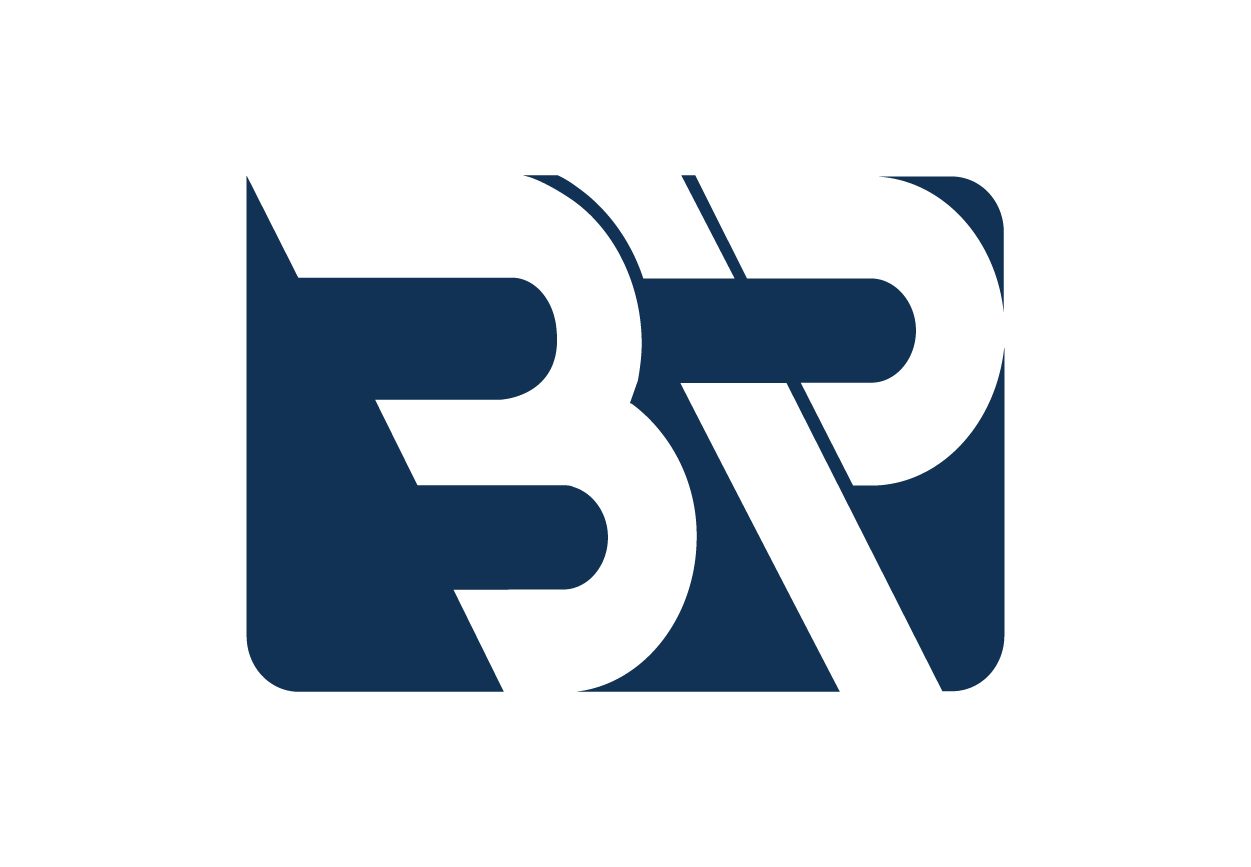Ads Blocker Detected!!!
We have detected that you are using extensions to block ads. Please support us by disabling these ads blocker.
We have detected that you are using extensions to block ads. Please support us by disabling these ads blocker.

Spark conversations on Blog Bursts Share your knowledge, ignite discussions, and connect with a vibrant reader community. Free to join and contribute!